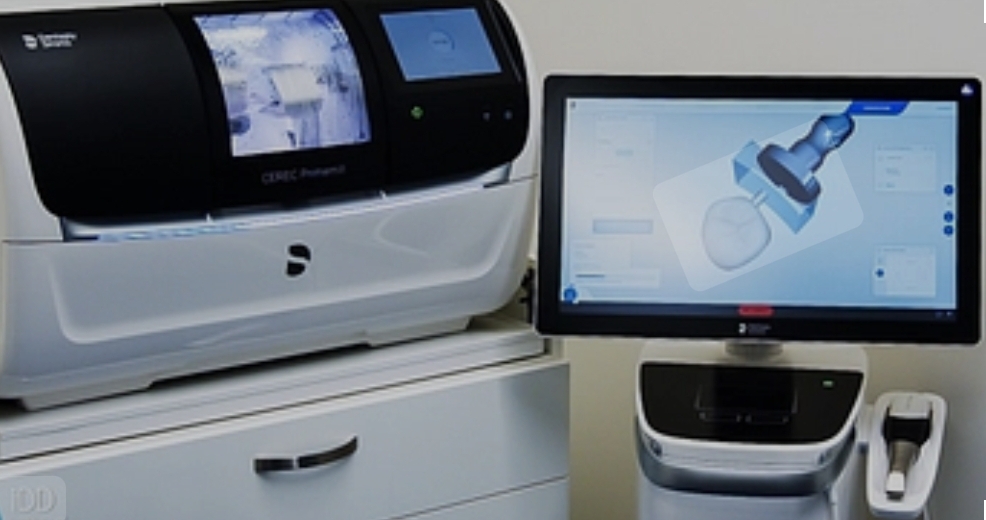Initial Patient Assessment
Step 1: Assess the patient’s need for an anterior deprogrammer or day/night splint, typically for managing temporomandibular joint (TMJ) disorders, bruxism, or occlusal issues.
Step 2: Take detailed digital intraoral scans of the patient’s upper and lower arches using a 3D scanner, capturing the occlusion and specific areas of interest.
Step 3: Record any specific clinical details, such as desired vertical dimension, occlusal contact points, or any other functional requirements.
Taking Protrusive Measurements
Step 4: Take protrusive measurements to ensure the anterior deprogrammer or day/night splint is designed to allow for proper anterior guidance and prevent excessive protrusion.
Step 4a: Instruct the patient to move their mandible into a protruded position, typically about 3–5 mm beyond the centric occlusion.
Step 4b: Use a protrusive gauge or measure the distance manually between the incisal edges of the upper and lower incisors in the protruded position.
Step 4c: Record this measurement and include it in the clinical notes or upload it with the digital scans (can optionally scan bite in this position).



